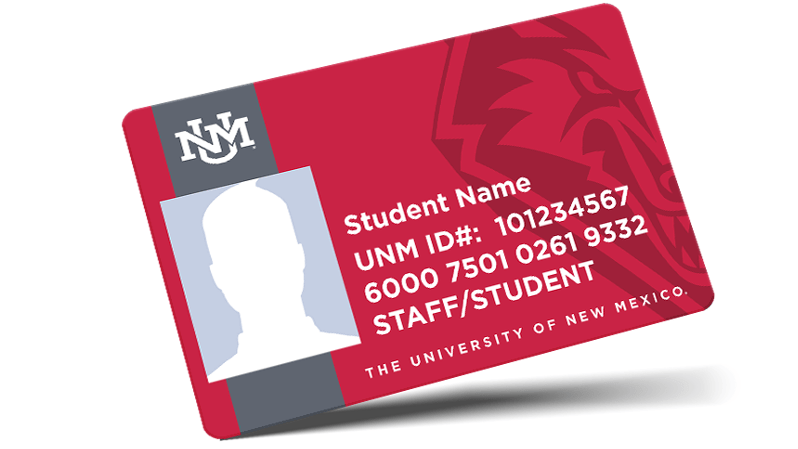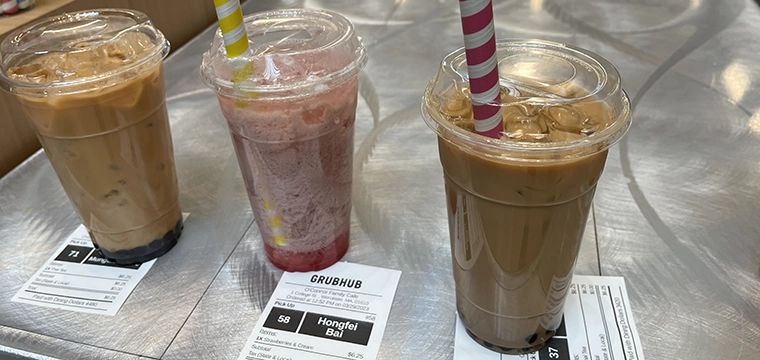
The University of New Mexico has launched a new initiative that will, in part, use LoboCard student ID scanning to keep track of individuals, including vendors, contractors and visitors, that enter the most highly trafficked buildings on campus.
According to an official university release, the "Shared Location Entry Tracking" program will capture the identification of all individuals and employees entering select buildings and will eliminate, in most instances, the need for the manual collection of contact information to share with the New Mexico Department of Health's contact tracing team.
The official roll out of the program began Friday, October 16, at the first of the buildings to be included in the program: UNM's Student Union Building, and two campus libraries. The Shared Location Entry Tracking program is intended to act as a safety protocol that helps improve screening and contact tracing processes -- both of which the university deems essential in mitigating the spread of the COVID-19 virus.
For those individuals without a LoboCard or scannable driver's license, an attendant at the building entrance will fill out a manual entry form on "Lobo Check-in" to collect relevant contact information. Data will not be permanently retained.
“The impetus behind Shared Location Entry Tracking is to strengthen our ability to do contact tracing should an individual in our community test positive for COVID-19,” says Senior Vice President for Finance and Administration Teresa Costantinidis. “We have a good sense of where individuals might be on campus based on our daily 'Lobo Check-In' data and what we know about student enrollment for in-person courses. But we do not know if someone had been in a shared space like Zimmerman Library or the student union building, and if someone who was in those spaces tests positive, we want to be able to reach out to others who were there.”
Other benefits and objectives include simplifying the entry process, minimizing clusters of people at entrances, and protecting the safety of staff at entrances. Additional high-traffic areas on the UNM campus, as well as other buildings across campus are being considered for future expansions of the system.




